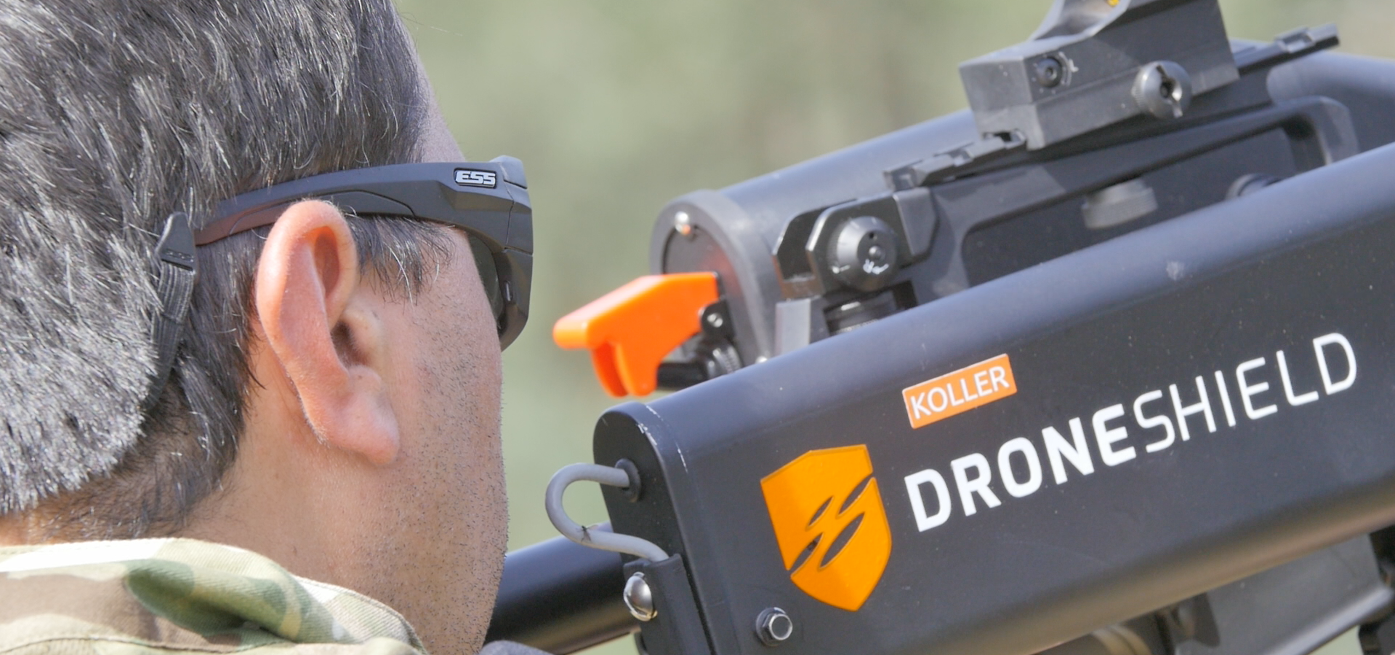
How to Build a GPS Jammer at Your Home
Here’s a step by step guide on how to build your own GPS jammer. Below are the main steps we are going to introduce in

In prison and detention centers, maintaining strict control over inmate communication is of utmost importance. Unauthorized information exchange can compromise security and lead to various consequences. To address this concern, detention centers rely on signal jammers to ensure effective control and prevention.
Detention center signal jammers possess several key features that contribute to their effectiveness in controlling communication within these facilities. The following characteristics are worth noting:
Signal jammers play a crucial role in maintaining security within prison and detention centers. By effectively blocking unauthorized communication, these devices prevent the leakage of sensitive information and potential coordination of criminal activities. The use of signal jammers acts as a deterrent, discouraging inmates from attempting to smuggle or use mobile phones within the facility.
Detention center signal jammers are essential tools in maintaining security and preventing unauthorized communication within prison and detention centers. With their effective segmentation, imported chips for quality and stability, built-in power supply, continuous functionality, and commitment to safety, these devices provide a reliable solution to eliminate potential security risks associated with illegal cell phone usage. By employing signal jammers, prison and detention centers can ensure a secure environment for both inmates and staff, safeguarding the integrity of the facility.
Our frequency checker tool will help you check all frequency bands used in all country.

Here’s a step by step guide on how to build your own GPS jammer. Below are the main steps we are going to introduce in

In today’s digital age, our lives are more connected than ever before. We rely on our smartphones for communication, entertainment, and information. However, with this

Signal jammers are devices that deliberately transmit signals on the same frequencies as telecommunications and GPS devices, such as mobile phones, GPS trackers, and even

Understanding Signal Blocker: How It Works and Its Applications Signal Blockers are devices that can disrupt mobile phone signals, preventing them from connecting to base

The Application and Benefits of High-Power Signal Jammers Enhancing Signal Blocking Efficiency in Various Environments In today’s technologically advanced world, the need for effective signal

Considerations for Purchasing Exam Room Signal Jammers Ensuring Effective Signal Jamming for Exam Integrity As the year approaches its end, many schools are preparing for

The Importance of Monitoring and Signal Interference Measures During Examinations During examination periods, it is crucial to closely monitor the examination venues and their surrounding

Selecting the Appropriate Cell Phone Jammer for Theaters and Auditoriums Overcoming Challenges in Installation and Maximizing Signal Disruption The Importance of Cell Phone Jamming in

Remote Control of Cell Phone Jammers via Smartphone: A Possibility? With the rapid development of the Internet of Things (IoT), numerous smart home devices have

Supplying high quality signal jamming devices since 2010. The only jammer store you can trust.
Jammer Master © 2024. Premium Signal Jammer Supplier Since 2010.